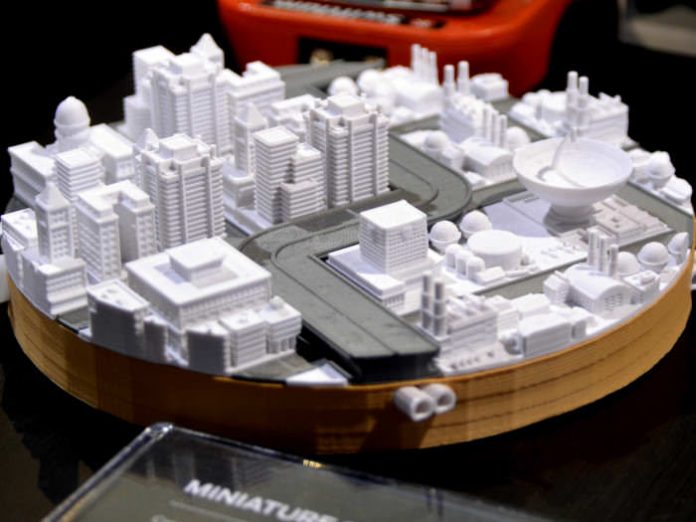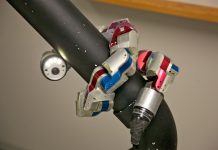MIT researchers have devised a new technique which allows you to change the color of just about every 3D printed object by treating it to UV light.
3D printing is not a new technology. It has been around for decades, but people are becoming more interested in it these days. It is a way of printing real objects out of images and has a lot of applications. People all over the world are running businesses and helping others get the 3D objects they desire printed. But a new development can change this practice altogether since it will allow objects to change color under UV light.
Researchers at MIT’s Computer Science and Artificial Intelligence Laboratory have come up with a new piece of tech called ColorFab. The technique is still in its wee hours of development, but once fully developed, it will allow you to have objects that change color under UV light. Team leader Stefanie Mueller said that the consumption of 3D printed objects is increasing by the day, and a lot of it goes to waste. With people getting objects that can change color, there will not be a need to get the same object printed in a different color or getting a different piece of the market.
ColorFab uses a special type of dye that is a combination of standard and photochromic dyes. Then, using ColorFab’s interface, any object can be made to change colors when treated with UV light. You can either choose for the entire object to change colors or a part of it. So if you want your phone case to change colors or your bracelet to match the pattern of your clothing, you can avail this innovative piece of tech and get it done without having to hunt for a new object or get another one printed.
ColorFab is the real deal since the changed color persists even after you remove the object from UV light. There are other coloring techniques available in the market, but each has its own limitations ranging from color and designs. But with ColorFab, you don’t have to worry about the type of design on your 3D printed object. Everything can be colored in whatever way you wish.
The process of getting this done takes about 20 minutes as of now. But as is mentioned above, this technique is still in its early stages of development. As work continues, Stefanie Mueller says that this time will reduce considerably and allow users to get their desired object in little or no time. The team will present their work at the ACM CHI Conference on Human Factors in Computing Systems this April.



















